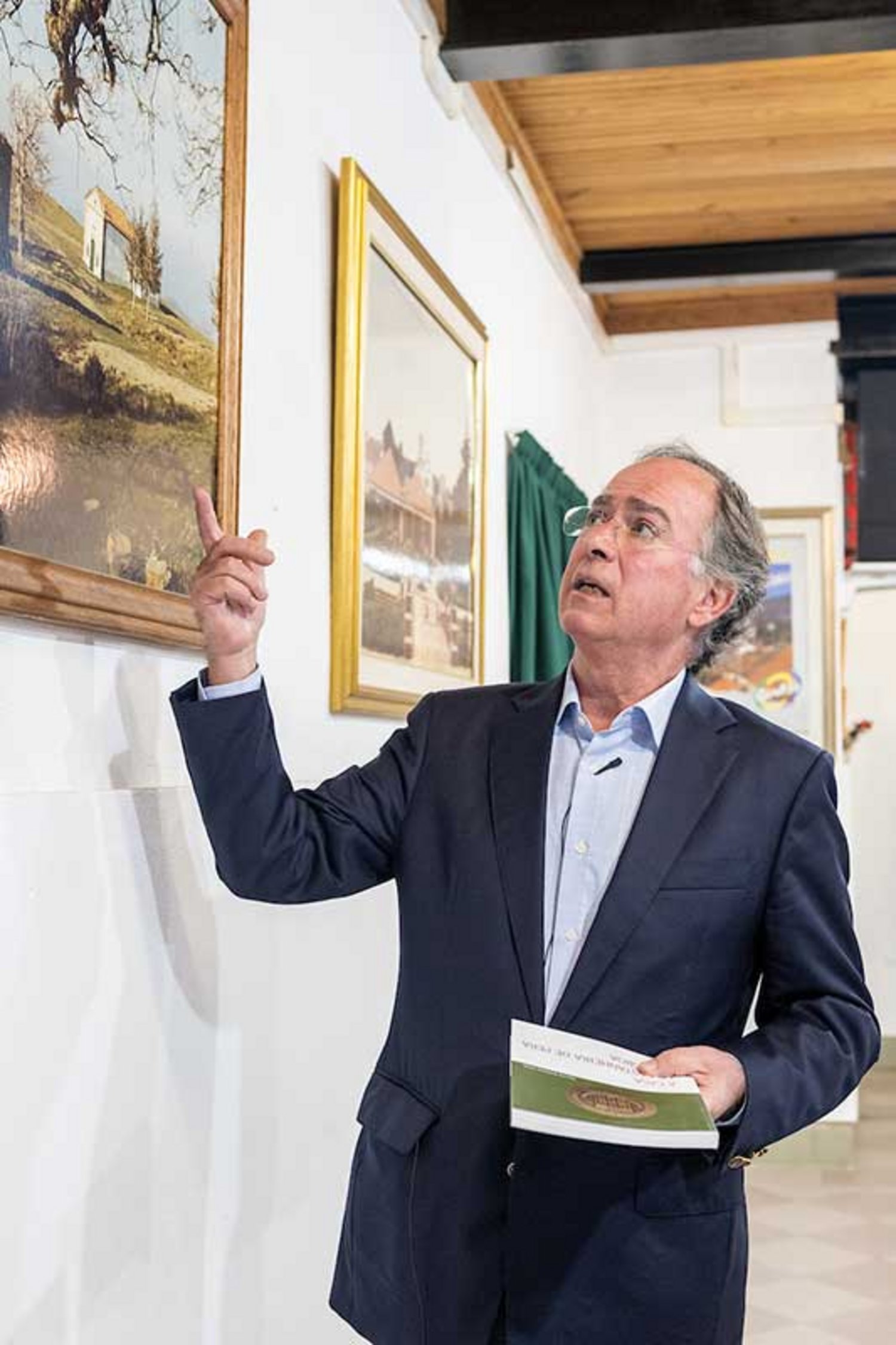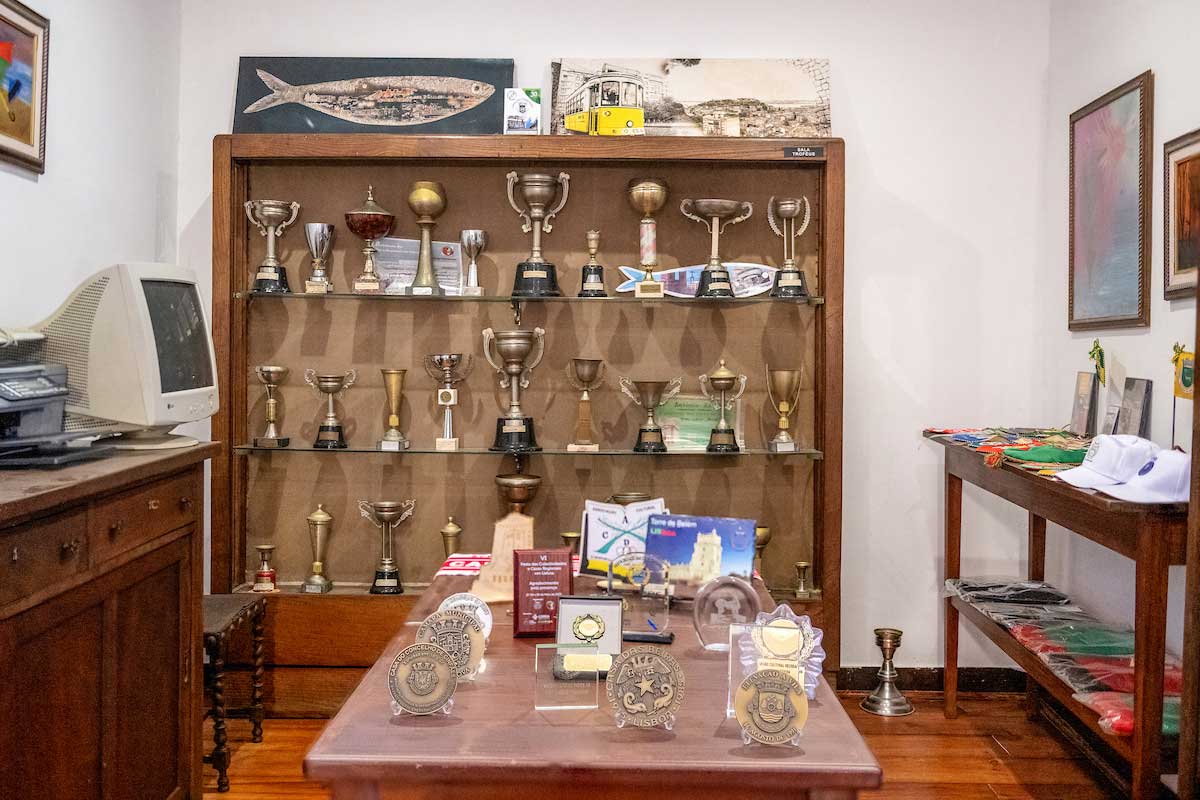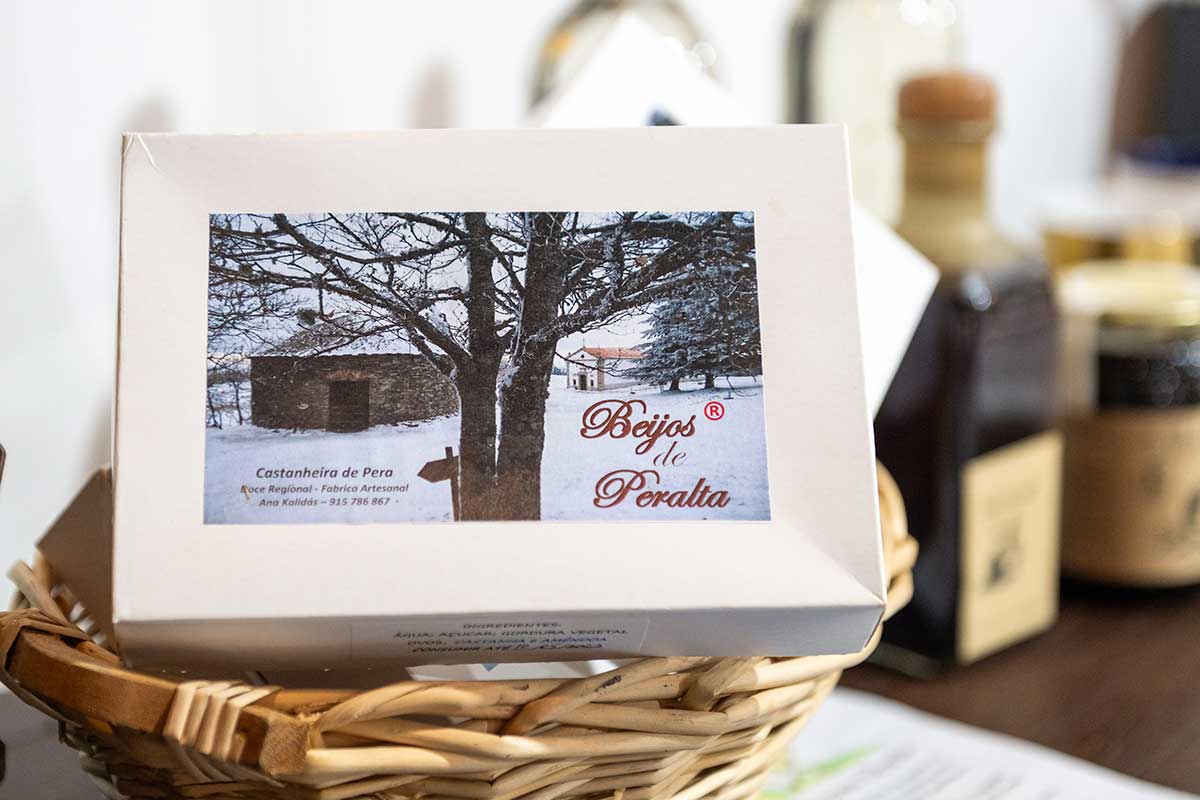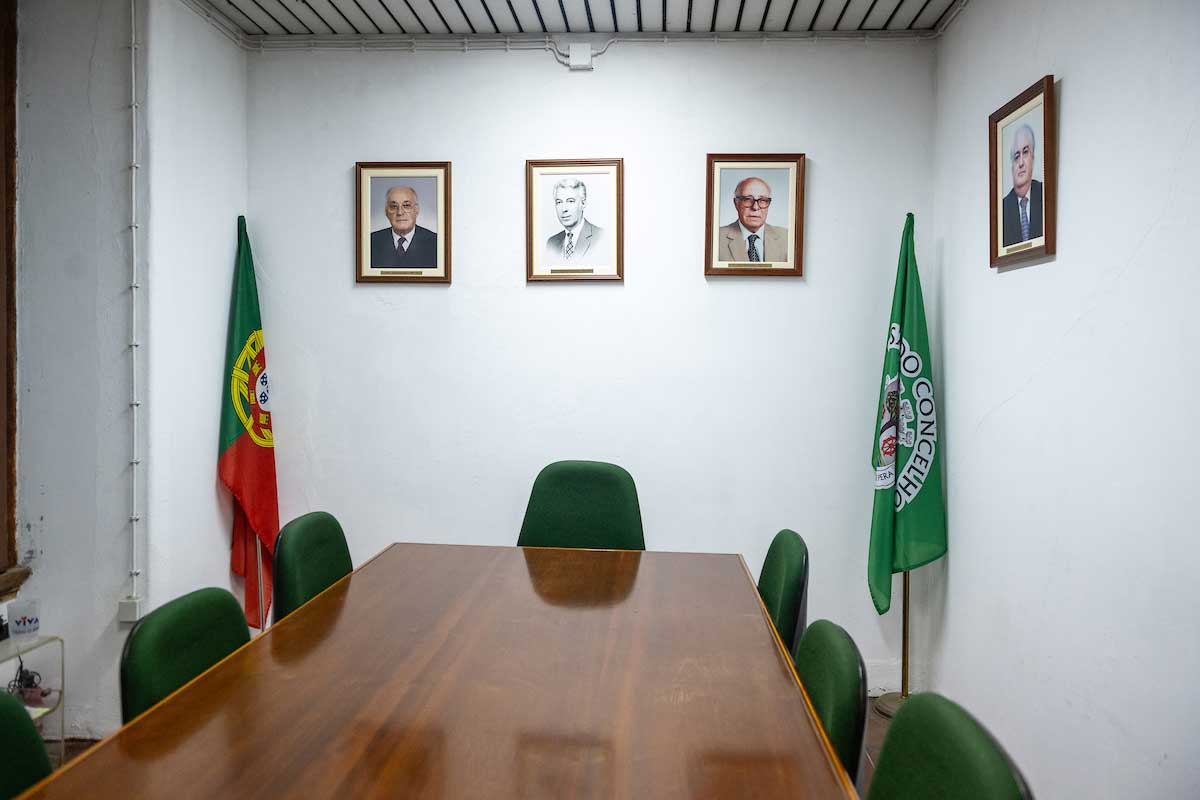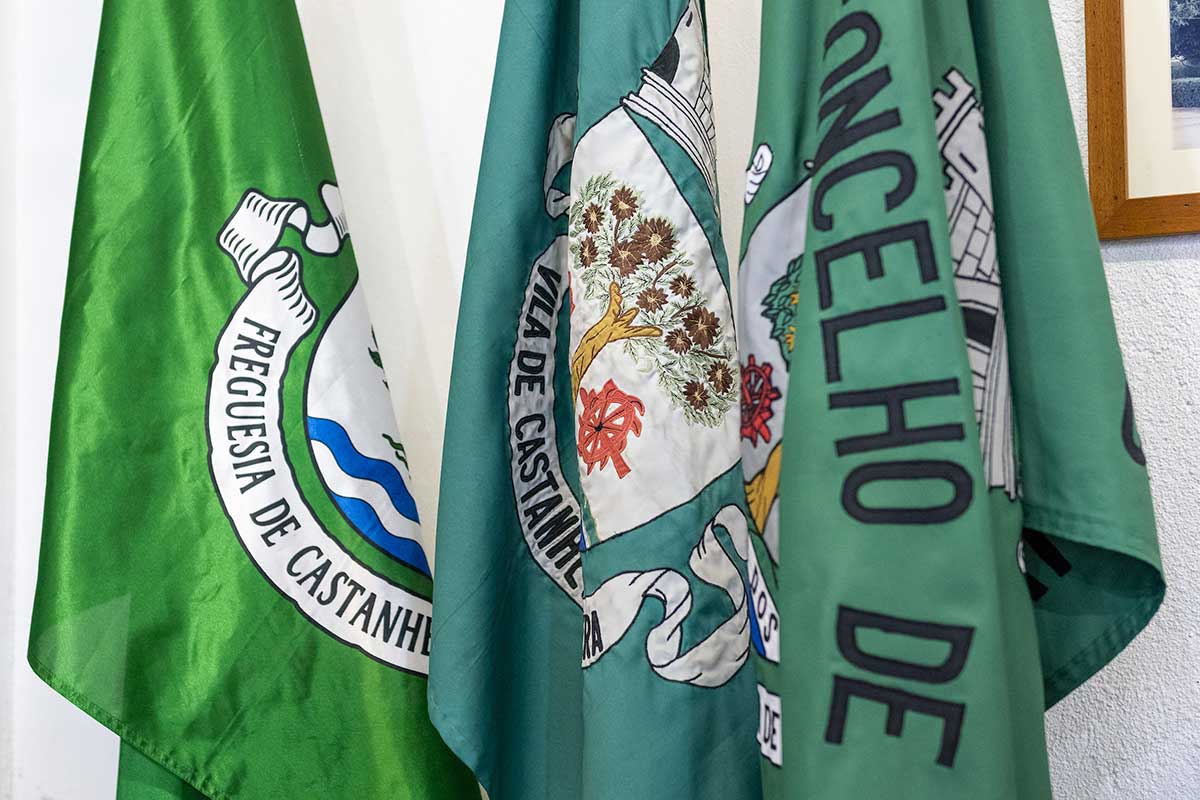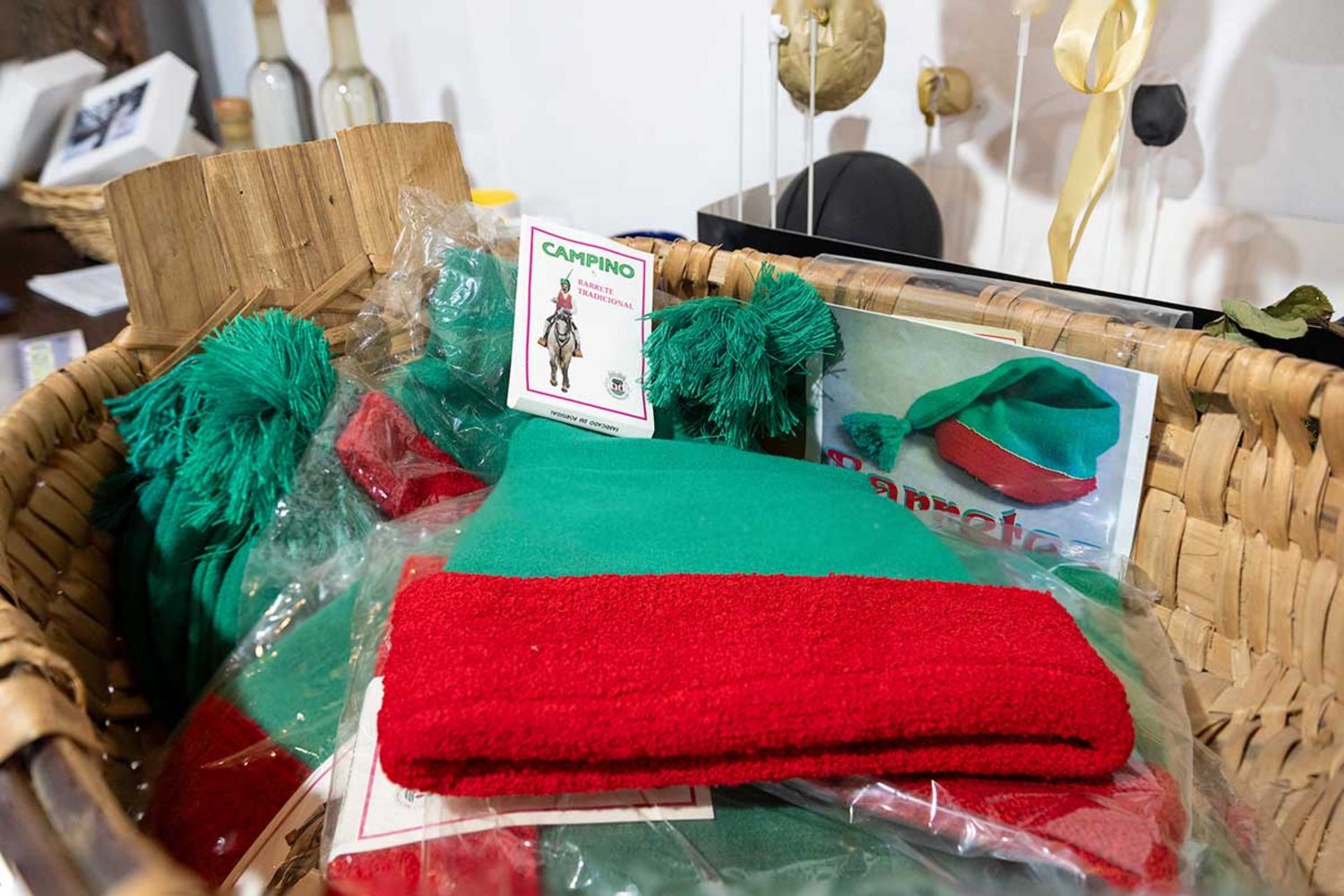Regional Houses
Castanheira de Pêra Council House
The Castanheira de Pêra Council House was founded in 1987 by a group of Castanheira de Pêra residents in Lisbon, to be a place for Castanheira de Pêra residents arriving in the capital to meet and socialize. known at first as the Liga dos Amigos de Castanheira de Pêra (League of Friends of Castanheira de Pêra), the association quickly gained the support it needed to acquire a building in Arroios, which still serves as its headquarters today.
António Pedro Mendes, 63, chairman of the board of Casa de Castanheira de Pêra since 2015, looks back on those years,
"you couldn't go to Castanheira as easily as you can today, even though it's 200 kilometers away. And the people of Castanheira used to get together here for lunches, snacks and appetizers",
thus shortening the distance from home.
Over the years, the Council House has organized events to promote interaction between its members, keeping active the Rancho Folclórico Neveiros do Coentral and the Grupo de Cavaquinhos Fragas e Gestas, which usually represent Castanheira all over the place. Likewise, the House promotes and keeps alive local traditions, such as a recent lunch dedicated to heather honey from the Serra da Lousã, a traditional product of the region, which is said to be "one of the best honeys in the world", says the leader.
The famous peasant caps
The peasants' barrettes, so typical of Castanheira, cannot be forgotten either:
"The barrettes are made in Castanheira de Pêra, the only place with the only barrette factory in Portugal and I think even in Europe.it's a unique product," he says proudly. "We can do things slightly differently," comments António Mendes, "but the regional houses, in general, are embassies for our land in Lisbon."
It is located at Rua Alves Torgo, 37, Arroios.

